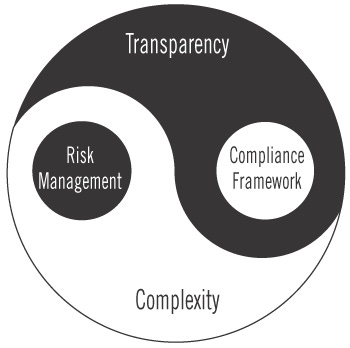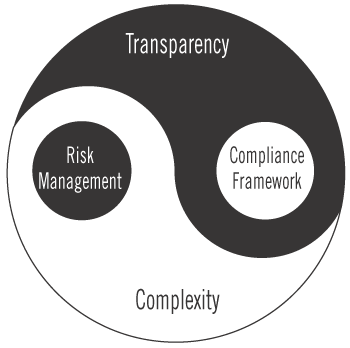Compliance Management Helps Medical Device Makers Cope with Regulatory Burdens
June 5, 2015

Companies in regulated industries such as medical devices and pharmaceuticals face increasing challenges in developing products that can make it through compliance hurdles and get to market -- and do so profitably.
In regulated markets, product defects and non-compliance downstream can come back to haunt the product development team. Without help in designing products with compliance built in at the beginning of the design cycle, the risks for businesses are immense.

Not only can companies suffer from delays and costly product corrections, the reputational damage from recalls, government penalties, and lawsuits -- not to mention the loss of health and life -- can be crippling. And as supply chains are becoming increasingly fragmented and extended -- often across many suppliers and geographic regions -- companies face the additional challenge of incorporating trusted partners and far-flung facilities into the compliance regime.
Developers of product life-cycle management (PLM) software are increasingly incorporating regulatory compliance into their offerings. Siemens embeds compliance management in its Teamcenter PLM solution, allowing document management, change and configuration management, audit tracking, and process management. A supplier portal brings external partners under an organization's compliance umbrella.
Keeping track of details related to product specifications, testing results, design changes, performance in the field, and failure and problems, and feeding closed-loop feedback to product design and development teams, compliance management systems are aiding product iterations and helping companies manage risk. They also allow them to interface with government agencies' electronic reporting systems like the FDA's automated regulatory reporting process for medical devices.
MORE FROM DESIGN NEWS: Plastics Grow as Materials of Choice for Medical Devices
In the case of medical device development, Teamcenter automates the linkage of compliance requirements to engineering and specification data, even across diverse global regulatory regimes. All knowledge about a product is centered on a device master record (DMR), a central source of product information that can be automatically updated and linked dynamically to regulatory requirements. A design history file (DHF) provides visibility, traceability, and change management throughout the product development process, with integrated corrective action and preventive action (CAPA) functionality.
Wright Medical Group, a US maker of orthopedic implants, uses Teamcenter and Siemens' NX design solution for its product development activities. Along with consolidating and automating the company's design processes, these solutions have simplified and accelerated compliance activities. Previously paper-based data and device histories that were scattered among various filing systems are now available electronically in real time.
Some vendors sell standalone compliance management software. AssurX, a US developer of compliance and quality management systems, points to the value of a specialized solution, especially in industries where the regulatory burden is high and compliance is critical to company survival.
MORE FROM DESIGN NEWS: Why is McLaren Revving up Into Healthcare?
One large pharmaceutical and chemical manufacturing company was bogged down in labor-intensive manual processes for functions such as CAPA, supplier quality, audit management, and handling of defects, spending many thousands of hours yearly in tracking and correcting adverse events. This process required daily face-to-face meetings with a dozen representatives across disciplines to sort through and correct problems.
Automating this process with a specialty solution eliminated these daily meetings and helped streamline the processes for handling adverse events and preventing reoccurrence. Administrative tasks such as scheduling, reminders, and communications became automated, in addition to real-time monitoring of each issue. The compliance management system allowed greater traceability and visibility, to track down the sources of defects -- even out into the supplier network.
Al Bredenberg is a writer, analyst, consultant, and communicator. He writes about technology, design, innovation, management, and sustainable business, and specializes in investigating and explaining complex topics. He holds a master's degree in organization and management from Antioch University New England. He has served as an editor for print and online content and currently serves as senior analyst at the Institute for Innovation in Large Organizations.
Atlantic Design & Manufacturing, the largest advanced design and manufacturing trade show serving the Northeastern US, will take place in New York, June 9-11, 2015. It's your chance to meet qualified suppliers, get hands-on with the latest technologies, and expand your network. Learn more here.
About the Author(s)
You May Also Like





